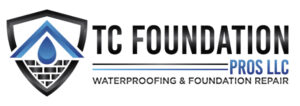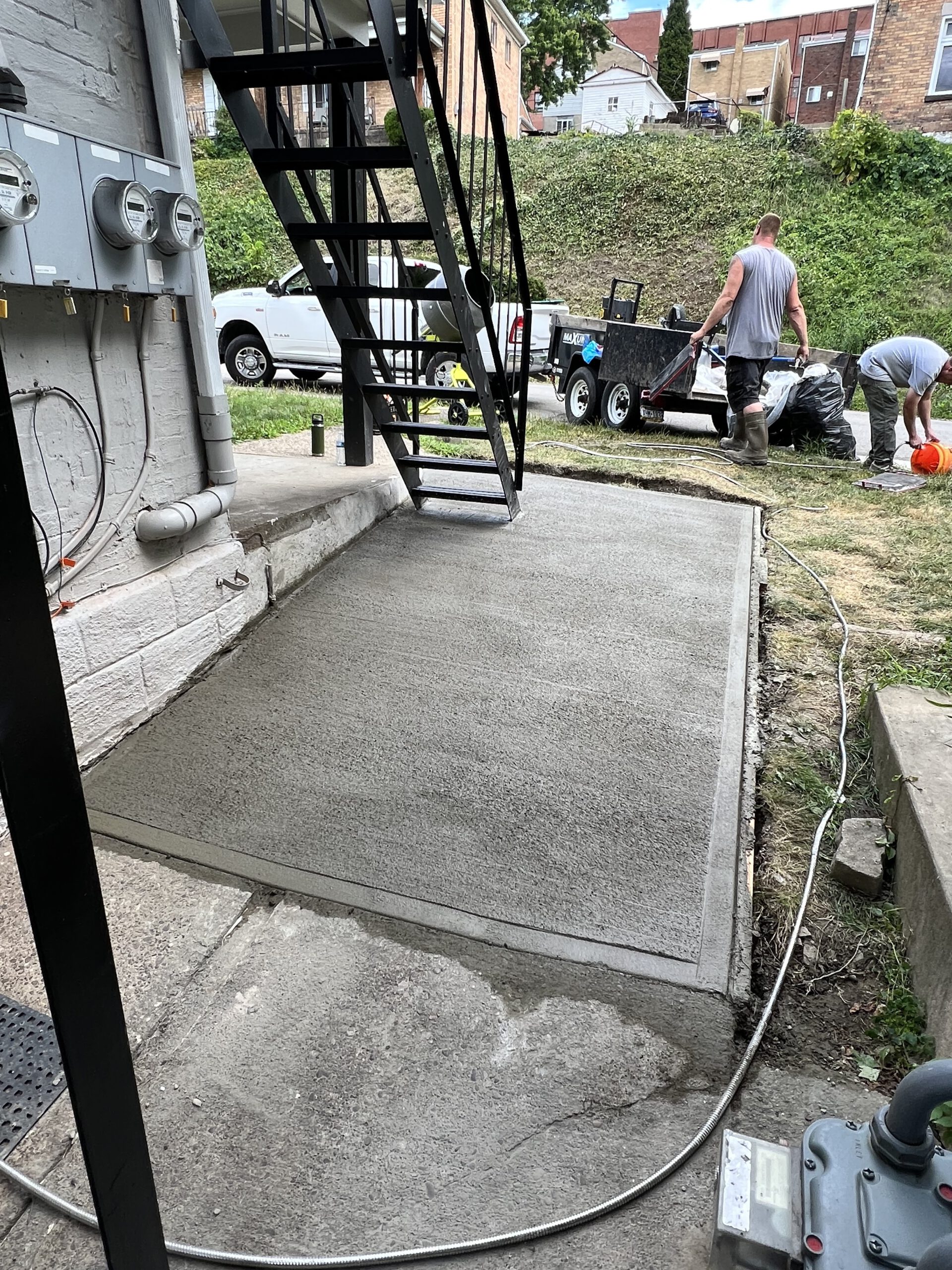When you planning of Basement Waterproofing, fulfill it like fortifying your home’s foundation against the elements that aim to seep through.
If cracks and leaks are visible, your basement is a vulnerable point in your house’s armor. But fear not, as three approaches can shield your basement from moisture intrusion.
Each method has its own set of advantages and considerations that could make a significant difference in how you protect your property.
Stay tuned to discover the most effective solution for your waterproofing needs.
Key Takeaways
- Interior sealants create a barrier against water intrusion, a high priority for basement waterproofing southwestern PA.
- Exterior drainage systems like French drains and sump pumps manage water infiltration effectively.
- Membrane waterproofing offers a protective barrier, complementing other techniques for basement waterproofing.
- Water diversion techniques like French drains and water-pumping systems like sump pumps prevent water damage in basements.
Interior Sealants
Consider applying interior sealants to waterproof your basement effectively. It is one of the key-basement waterproofing solutions, for it controls moisture and protects your home from potential water damage. Proper sealing of interior walls and floors is a technique to prevent water from seeping through and causing issues. It includes mold growth or structural damage.
Moisture control techniques play a vital role in maintaining a dry and safe environment in your basement. These are sealants designed to penetrate the surfaces of concrete walls and floors, creating a protective layer that repels water and moisture. By applying interior sealants, you can effectively waterproof your basement and minimize the risk of water infiltration.
Selecting a high-quality, below-grade application for an interior sealant for your basement waterproofing project is urged. Look for sealants that offer long-lasting protection, excellent adhesion to concrete surfaces, and resistance to water pressure. Additionally, follow the manufacturer’s instructions carefully during the application process to ensure proper coverage and effectiveness.
Exterior Drainage Systems
To effectively manage water infiltration and protect your basement from potential damage, implementing exterior drainage systems is paramount. French drains and sump pumps are key components of effective exterior drainage systems designed to keep water away from your basement walls and foundation.
French drains are trenches filled with gravel or rock that redirect water away from the foundation. They work by allowing water to flow into the trench and then away from the building, preventing it from seeping into the basement.
Sump pumps, on the other hand, are installed in a pit on the basement floor and are designed to pump out any water that accumulates in the pit, effectively preventing water from reaching basement floors and walls.
French drains are particularly useful in areas where water accumulation is a common issue, ensuring that excess water is efficiently diverted away from the foundation. Sump pumps are essential for areas prone to flooding or where the water table is high.
Basement Waterproofing Membranes
Basement waterproofing membranes play a crucial role as a protective barrier against water intrusion in your basement, effectively safeguarding your foundation from moisture damage. When considering basement waterproofing membranes, understanding their role and types is vital to make an informed decision for your waterproofing needs.
- Types of Membranes: Different types of waterproofing membranes are available, including sheet membranes, liquid membranes, and foam insulation boards. Each type offers specific advantages based on the basement’s unique requirements.
- Installation Process: Installing basement waterproofing membranes involves meticulous preparation of the surface, proper application of the membrane, and ensuring a secure seal to prevent any water seepage.
- Compatibility with Other Methods: Waterproofing membranes can complement other waterproofing techniques like exterior drainage systems or interior sealants. This integration enhances the overall effectiveness of your basement waterproofing strategy.
- Maintenance and Longevity: Regular maintenance, including inspecting for damages and ensuring proper drainage, can extend the lifespan of waterproofing membranes. Additionally, combining membranes with waterproofing paint or concrete sealer can provide an extra layer of protection against water infiltration.
Wrap-Up
Explore various approaches, such as interior sealants, exterior drainage systems, and basement waterproofing membranes for a solid basement.
Each method offers unique advantages and considerations to protect your property from water damage.
Implementing these strategies does safeguard your basement in a sophisticated and efficient manner.

